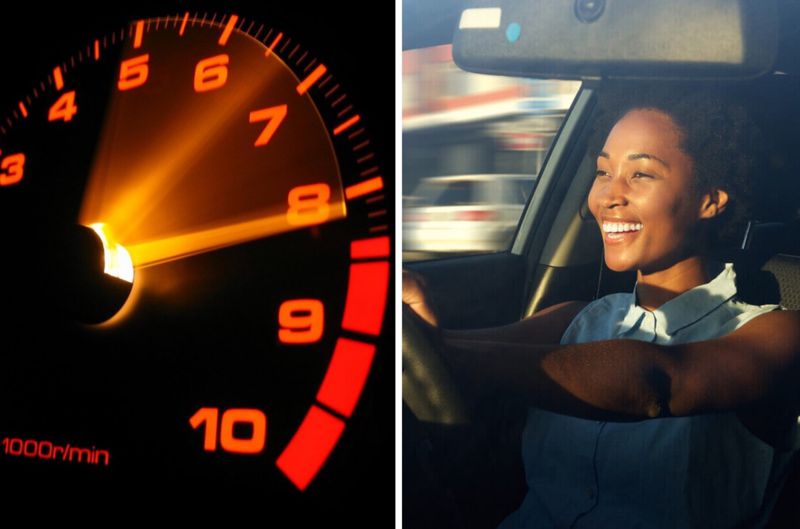
Petrol price getting you down? Here’s how you can save on fuel
The latest petrol price projections don’t look too good for SA motorists, but not all hope is lost. Here’s how you can save on fuel.

The latest petrol price projections from the Central Energy Fund (CEF) for April 2024 have given South Africans good and bad news.
Diesel is looking good, with an over-recovery of about 32 cents per litre. Petrol price projections for next month however see an increase of 26 cents for Petrol 93 and an increase of 27 cents for Petrol 95.
HOW TO OFFSET THE PETROL PRICE
While it might feel like a hopeless situation for some cash-strapped South Africans, the good news is that motorists can make some small changes to help gain on fuel savings.
KEEP YOUR TYRES PUMPED UP
Underinflated tyres have a higher rolling resistance on the road. What this means is, for every kilometre travelled, underinflated tyres generate more friction and rolling resistance which will increase fuel consumption.
If all your tyres are underinflated by 10 psi (around 0.7 bar), this could reduce fuel efficiency by up to 10%.
REDUCE THE WEIGHT IN YOUR BOOT
Limiting unnecessary items in your car, especially in the boot, can decrease fuel consumption. Every extra 50kg adds a 2% increase in fuel usage.
DRIVE WITH THE AIRCON ON
Contrary to popular belief, driving with the air conditioning ON is more fuel-efficient than driving with the windows down (at least at speeds exceeding 80km/h).
The latter creates a lot of wind resistance, resulting in higher fuel consumption.
MAINTAIN AN OPTIMAL SPEED
When driving along a highway, your car’s engine works hard to overcome wind resistance. You’ll burn up to 15% more fuel at 100 km/h, and 25% more at 110 km/h.
This may tempt drivers’ to drive slow. However, if you drive slower than 50 km/h the engine would drop to a lower gear, which uses up more fuel. Driving between 50km/h to 90km/h on highways is said to promote optimal fuel economy.
SMOOTH ACCELERATION
Avoid aggressive acceleration to maintain lower RPM (revolutions per minute). It will be better for fuel economy, as an engine uses less fuel when it is revolving slower.
BRAKE GENTLY
Slamming on the brakes increases fuel consumption as it forces you to then accelerate again.
Maintain a safe distance from other vehicles to avoid sudden braking (and unnecessary wear and tear.)
CRUISE IN TOP GEAR
For automatic cars, engage cruise control to maintain a constant speed, while manual cars should operate in higher gears when possible.
In each instance, your engines goes through less RPMs, which will reduce fuel consumption.
PRACTICE PREDICTIVE DRIVING
Anticipate traffic flow and adjust your driving accordingly to avoid unnecessary acceleration and braking.
Another tip is to start accelerating as you edge closer to the foot of a hill, rather than when you approach it. Also, avoid hard accelerations when climbing a hill (or when moving your car from a complete stop) as it will cause your car to use up more fuel.
PLAN FOR THE RUSH HOUR
Stop-start traffic puts a lot of pressure on your engine and will burn more fuel. Try and choose routes for your commute that have the least traffic congestion.
DON’T IDLE FOR TOO LONG
Turn off your engine if you find yourself idling for more than three minutes while waiting for someone, or something.
As long as your engine is on, it will be burning precious fuel.
